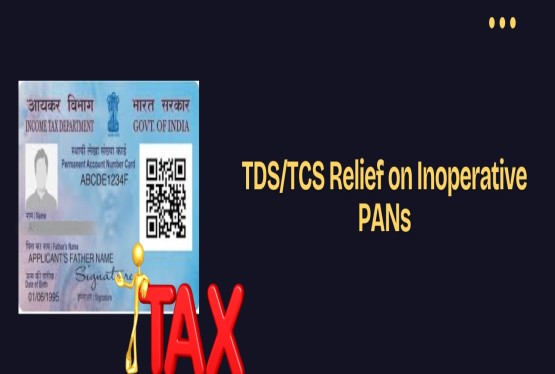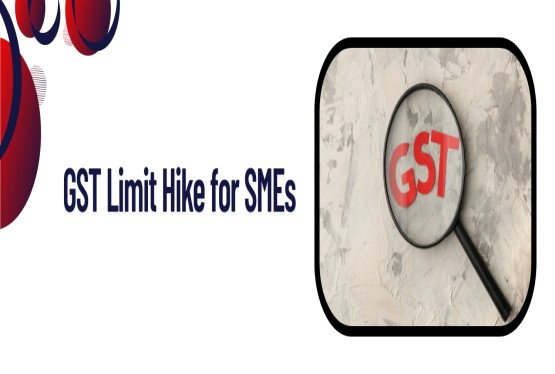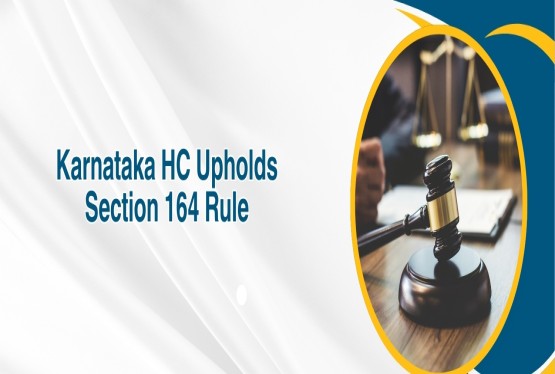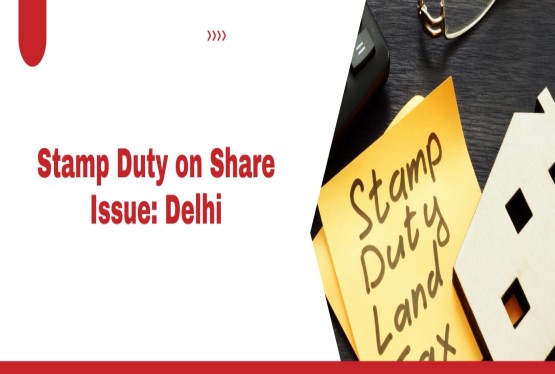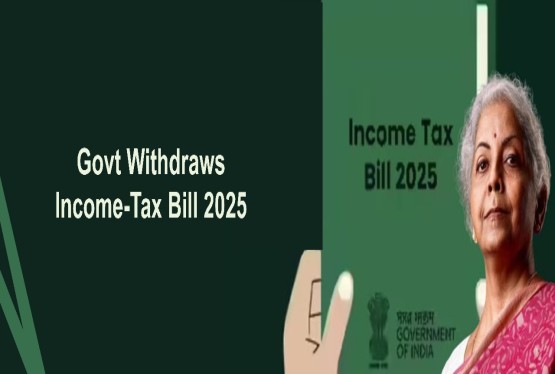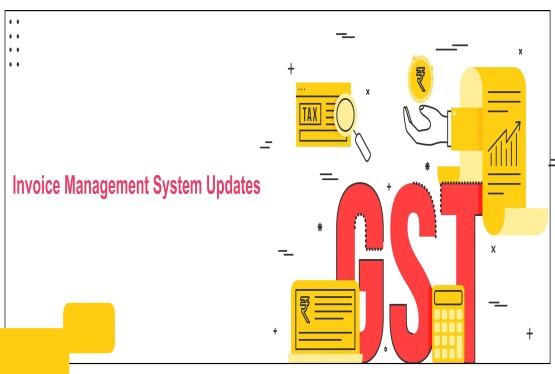The Central Bureau of Investigation (CBI) has exposed a major tax fraud involving fake GST claims and bogus export bills worth Rs 100 crore. The scam, which involves former and current customs officials as well as private individuals, is considered one of the biggest cases of GST refund fraud in recent times. In a coordinated operation, the CBI conducted raids at seven locations across Bihar and Jharkhand, revealing shocking evidence of collusion between public officials and exporters. This article provides a detailed overview of the entire operation, the nature of the fraud, and the key people involved.
Background of the Scam
The scam revolves around fraudulent GST refund claims based on fake export documentation. The accused used forged invoices to claim GST refunds for goods that were never actually exported. These bogus exports primarily included items falling under the 18% and 28% GST brackets such as tiles and automobile parts. The fraudulent refunds were processed through the Land Customs Stations (LCS) situated along the Indo-Nepal border.
Areas Raided by the CBI
CBI raids 7 places in Rs 100 crore fake GST claims case, covering major cities in Bihar and Jharkhand. Specifically, searches were carried out in two locations each in Patna and Purnea, and one location each in Jamshedpur, Nalanda, and Munger. These areas were strategically selected based on the leads and evidence gathered during preliminary investigation.
Individuals Named in the FIR
The FIR registered by the CBI has named nearly 30 individuals, including several senior customs officials and private exporters. Key among them is Ranvijay Kumar, the then Additional Commissioner of Customs in Patna. Others named include Tarun Kumar Sinha and Rajeev Ranjan Sinha, both Superintendents of Customs at LCS Bhimnagar, along with Neeraj Kumar and Manmohan Sharma, then Superintendents at LCS Jaynagar. These individuals are now serving as Assistant Commissioners. Additionally, a Kolkata-based clearing agent named Ganga Singh has also been implicated.
What is the Nature of this Fraud?
CBI raids 7 places in Rs 100 crore fake GST claims case revealed a systematic method to process fake export refunds. Exporters submitted false export bills for goods that were never physically shipped. The value of these fake exports is estimated at Rs 800 crore, which facilitated wrongful GST refund claims of nearly Rs 100 crore.
The officials involved allegedly overlooked red flags and approved the refunds without proper scrutiny. Moreover, many of these export transactions were structured to fall under Rs 10 lakh in value to avoid deeper scrutiny. Under customs rules, shipments below Rs 10 lakh can be cleared by a superintendent without requiring higher-level approval.
Discovery of Fake E-Way Bills
One of the most significant revelations during the investigation was the discovery of over 4,100 suspicious e-way bills. These documents were used to show the movement of goods across borders, but upon cross-verification with the Sashastra Seema Bal (SSB) — the border security force — it was found that the vehicles listed in the e-way bills had not crossed the border. The e-way bills contained details of two-wheelers, buses, and even ambulances, highlighting the lengths to which the fraudsters went to cover their tracks.
Recovery Made During Raids
CBI raids 7 places in Rs 100 crore fake GST claims case led to the recovery of significant evidence. During the searches, CBI officials found seven gold bars, each weighing 100 grams, which are suspected to be linked to the proceeds of the scam. Along with the gold, investigators also seized mobile phones and a large number of documents, which are expected to provide further insights into the operation of the scam.
Role of Customs Officers in this Scam
The role of customs officers in this scam is both alarming and revealing. The FIR suggests that these officers knowingly approved the fake exports. In particular, Additional Commissioner Ranvijay Kumar is suspected of issuing oral instructions to expedite Let Export Orders without proper verification. He also allegedly provided export details either directly or through clearing agent Ganga Singh. The involvement of senior officials indicates a deep-rooted nexus aimed at siphoning off public money.
Modus Operandi of the Exporters
The exporters used a calculated strategy to exploit the GST refund mechanism. They created fake invoices showing exports to Nepal and submitted them to customs officials stationed at border posts like Jaynagar, Bhimnagar, and Bhittamore. These stations were selected because of their proximity to Nepal and the presence of officials willing to cooperate. In many cases, the exporters' registered addresses did not exist or had no operational activity, further proving the fraudulent intent.
Use of Clearing Agents
The involvement of Ganga Singh, a Kolkata-based clearing agent, played a pivotal role in executing the scam. He acted as a middleman between the exporters and customs officials. His task was to coordinate the creation and submission of fake export bills and to ensure that these passed through customs without raising suspicion. His role is now under detailed scrutiny by the CBI.
Financial Threshold Loophole
The financial threshold loophole was another key factor exploited in the scam. Exports below Rs 10 lakh do not require approval beyond the customs superintendent, allowing the scammers to fly under the radar. Most of the fake invoices submitted fell just below this limit, pointing to a well-thought-out strategy to bypass checks and balances.
Absence of Physical Verification
One of the major lapses in this case is the absence of physical verification. The customs officials did not ensure that the goods listed in the export documents were physically loaded and transported. This lack of verification made it easy for the accused to submit fictitious claims without fear of detection.
Tracing the Money Trail
CBI raids 7 places in Rs 100 crore fake GST claims case also aim to follow the financial trail. Investigators are now focusing on tracking the flow of money received as fraudulent refunds. It is suspected that a large portion of this money was diverted into gold and immovable assets. The seizure of gold bars supports this theory.
Fake Companies and Addresses
Several of the companies involved in the scam either did not operate from their registered addresses or did not exist at all. This has further confirmed that the exporters were created solely for the purpose of submitting fake GST refund claims. The CBI is now verifying the details of all such firms to identify other possible fronts.
Role of Border Check Authorities
The Sashastra Seema Bal (SSB), responsible for guarding the Indo-Nepal border, played a crucial role in exposing the scam. When asked to verify the movement of vehicles listed in the e-way bills, the SSB confirmed that no such vehicles had crossed the border. This cross-verification was instrumental in proving that the exports were fake.
Investigation Status and Future Course
The investigation is still ongoing. With more than 30 individuals named in the FIR, the CBI is expected to make additional arrests and carry out further interrogations. The financial records and digital data retrieved from mobile phones are currently being analyzed to uncover more evidence.
Government’s Response
The central government has taken serious note of the issue, especially considering that public funds were diverted through fraudulent means. The Ministry of Finance is expected to initiate departmental inquiries against the accused officials. Further, the Directorate General of GST Intelligence (DGGI) may conduct parallel probes to ensure all angles are covered.
Importance of Stronger Checks
This case highlights the need for more stringent checks in GST refund processing and export verification. Automating checks, improving inter-agency coordination, and increasing physical verification at LCS points are now being considered as essential reforms. It also brings to light the vulnerability of GST systems when collusion exists between officials and private players.
Conclusion
The CBI raids 7 places in Rs 100 crore fake GST claims case have uncovered a major scam involving high-ranking customs officials and fake exporters. With a network that exploited loopholes in the GST refund system and bypassed border checks, this case is a serious reminder of the importance of accountability and stringent monitoring. As the investigation progresses, more layers of this complex fraud are expected to emerge. The country now awaits swift and strict action against all those involved.
The case not only underscores the CBI’s commitment to fighting financial fraud but also sends a message to all stakeholders about the consequences of colluding to cheat the system. The hope is that the exposure of such scams will lead to stronger preventive measures in the future.
If you need any assistance in GST Registration, or GST Return Filings, you can connect with Compliance Calendar LLP experts through mail at info@ccoffice.in or Call/Whatsapp at +91 9988424211.
FAQs
Q1. What is the fake GST claims case involving the CBI raids all about?
Ans. This case involves fraudulent GST refund claims of nearly Rs.100 crore filed using fake export bills. The accused, including senior customs officials and exporters, allegedly created false documents for goods that were never exported. The scam allowed them to claim tax refunds without actual export activity, violating GST laws.
Q2. Which places were raided by the CBI in connection with this case?
Ans. The CBI conducted raids across seven locations in Bihar and Jharkhand. These included two places each in Patna and Purnea, and one place each in Jamshedpur, Nalanda, and Munger. These areas were identified based on the involvement of exporters and customs officers stationed at nearby land customs stations.
Q3. Who are the key individuals named in the FIR by the CBI?
Ans. The FIR names around 30 individuals. Among them, Ranvijay Kumar, then Additional Commissioner of Customs in Patna, is a primary accused. Other customs officials include Tarun Kumar Sinha, Rajeev Ranjan Sinha, Neeraj Kumar, and Manmohan Sharma. A clearing agent named Ganga Singh is also under investigation for facilitating the scam.
Q4. What kind of fraudulent methods were used to claim GST refunds?
Ans. The accused submitted fake export invoices for goods such as tiles and automobile parts, which fall under high GST slabs (18%–28%). These invoices showed goods being exported to Nepal through Land Customs Stations. However, investigations proved that the goods never crossed the Indo-Nepal border.
Q5. How were the fraudulent export claims detected?
Ans. Authorities noticed an abnormal spike in export claims from specific LCS points in Bihar. Upon investigation, over 4,100 suspicious e-way bills were found, including vehicle details that never crossed the border, as confirmed by the Sashastra Seema Bal (SSB). Physical verification further revealed that many exporters didn’t operate from their registered addresses.
Q6. What evidence was seized during the CBI raids?
Ans. During the raids, the CBI recovered seven gold bars, each weighing 100 grams, believed to be proceeds from the fraud. Investigators also seized incriminating documents, mobile phones, and digital evidence that helped establish the link between exporters and customs officials involved in the scam.
Q7. How did the accused avoid detection from higher customs authorities?
Ans. The fraudulent export bills were mostly kept under Rs.10 lakh — the monetary threshold below which a customs superintendent can independently process the Let Export Orders. This helped the accused bypass scrutiny from senior customs officers and exploit procedural loopholes.
Q8. What steps is the government taking in response to this scam?
Ans. The central government has taken serious note of the scam. Apart from the CBI investigation, departmental inquiries are expected to be initiated against the involved officials. The Directorate General of GST Intelligence (DGGI) may also conduct further probes to strengthen GST refund mechanisms and prevent such frauds in the future.








_crop10_thumb.jpg)




































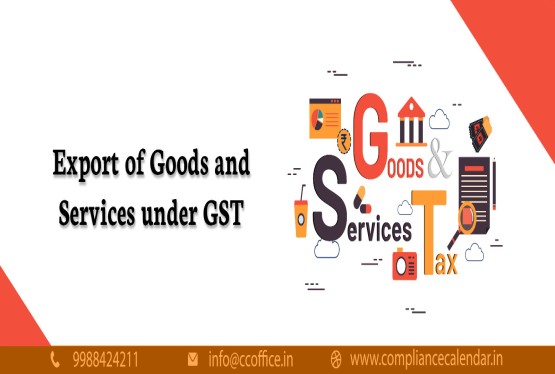













































_for_FY_2025-26_crop10_thumb.jpg)



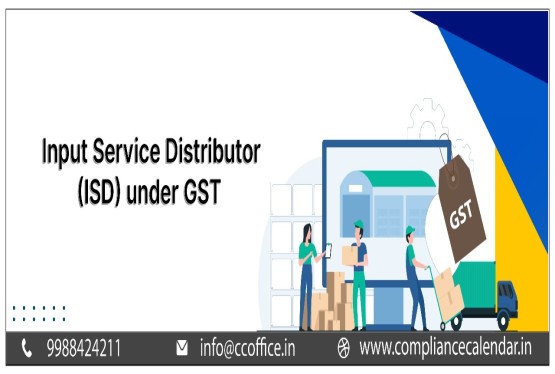








_learn_crop10_thumb.jpg)








_Filing_Due_Dates_for_FY_2024-25_learn_crop10_thumb.jpeg)
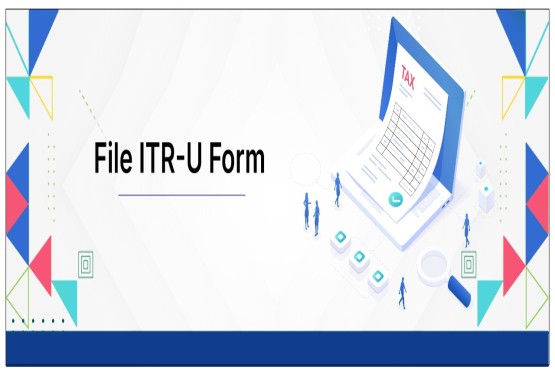

























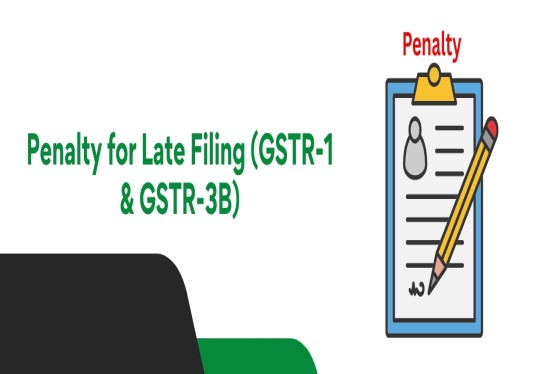












_of_GST_Act_learn_crop10_thumb.jpg)










_Under_GST_learn_crop10_thumb.jpg)









_crop10_thumb.jpg)


_crop10_thumb.jpg)






_learn_crop10_thumb.jpg)






















_of_the_Income_Tax_Act_learn_crop10_thumb.jpg)



_learn_crop10_thumb.jpg)






_learn_crop10_thumb.jpg)






_crop10_thumb.jpg)




















_in_The_Income_Tax_Act,_1961_learn_crop10_thumb.jpg)



_learn_crop10_thumb.jpg)



_of_the_Income_Tax_Act_learn_crop10_thumb.jpg)


_Of_Income_Tax_Act_learn_crop10_thumb.jpg)








_learn_crop10_thumb.jpg)








_learn_crop10_thumb.jpg)
_crop10_thumb.jpg)





















_learn_crop10_thumb.jpg)
_for_Import_and_Export_learn_crop10_thumb.jpg)











